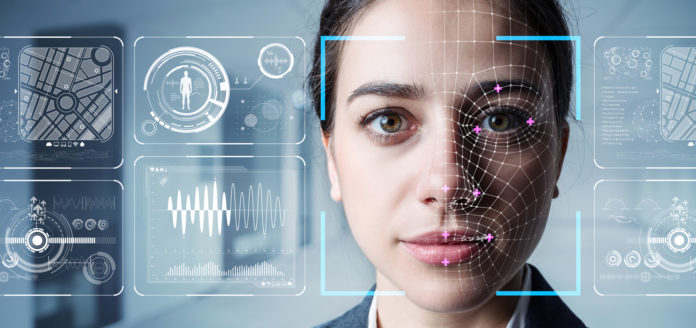Artificial Intelligence (AI) is being used in various industries to automate processes and streamline the collection and analysis of data. Many industries are taking advantage of this opportunity to improve processes and be able to scale, and the healthcare industry is no different.
In fact, with the growing concern around global pandemics, the application of AI in the medical care system has become even more crucial, as people around the world seek ways to manage the spread of disease within large populations of people- who are also travelling around the world.
In addition to this, there are many different ways that AI is being used to improve the healthcare industry. In this article we’ll outline a few of them to demonstrate how the advancement of computing is becoming a crucial partner in managing the health of billions.
5 Ways AI is Playing a Role in Healthcare
1. Data processing
One of the most common ways of using AI is process and analyse large sets of data. This is because it’s physically impossible for a human being to go through millions of patient records around the world, perhaps even in one lifetime. However, with the use of AI, programmes can be created that can collect, analyse and sort patient data from all over the world, and in a fraction of the time.
In fact, in addition to just being able to process this data, AI applications can also bring in other kinds of information together too, so that researchers have a wide variety of data to work with. For example, instead of just analysing patient records, an AI application can also be trained to analyse additional records from around the world at the same time, such as other global statistics. This gives researchers a more comprehensive overview of disease trends, and how they are treated, and assists with creating more comprehensive treatment plans.
When it comes to creating pharmaceuticals to treat diseases, having access to this kind of data could also help to improve the implementation of healthcare procedures and treatments around the world.
2. Diagnosis
As AI starts to become more adept at processing information, many manual diagnostic processes are now becoming more efficient with the use of automated applications. For example, using AI, diagnoses can be made more quickly based on the information available, as opposed to having to wait for a doctors appointment, and then going through all of the data manually.
While the AI still needs the human element to implement and interpret the results of the data analysis, this improved speed when it comes to diagnoses is extremely helpful in medical environments, especially in certain parts of the world where facilities are understaffed, and where critical diagnoses can’t be attended to as quickly as they should be.
In fact, this ability to more quickly diagnose symptoms also means that there is an even larger data set to work with when it comes to ongoing prevention and management of a disease. With so much information to work with, personalised treatment plans can also be developed, as broader information can also be brought into a patient’s records and provide a varied perspective on how to manage their health.
3. Prevention
As we mentioned in the introduction, the management of pandemics is becoming a global concern, especially with the threat of novel pandemics like the Coronavirus. With the use of AI, however, prevention plans can become more effective, as AI programmes can be trained to bring together data about diseases, people and their movements, so that pandemics can be contained.
For example, by taking data from various flights, as well as passport control in different areas, people moving from infected areas can be more effectively quarantined or tracked, to help prevent the spread of the disease. This data collection and analytical ability also helps to set up additional prevention plans, such as knowing where to screen people for fever when coming into and out of a country or city.
In a world where online security is also paramount, AI can play a fundamental role in making sure that diseases are also controlled in quarantine. As scary as it sounds, technologies like facial recognition and temperature scanners can go a long way in halting the spread of a pandemic, especially when assisted by AI, even though the implications of this might be severe.
As we have discussed in the article above, there are many ways that AI is being used in the healthcare industry. This includes using AI to help process infinite amounts of data about patients and diseases, being able to make quicker and more effective diagnoses and being able to monitor the spread of a disease.
While some of the implications of using AI might sound a bit scary, for example when managing the spread of a pandemic, the overall takeaway is that AI will be able to better automate many of the medical processes we already carry out, and help to manage these at scale.
Since AI is still an evolving application, and will grow and improve through implementation, it will be interesting to see how the use of automation will change the healthcare industry in the future. Regardless, even being able to better interpret the data we have collected so far will help us to prevent and better manage our health, and diseases, in the long term.








